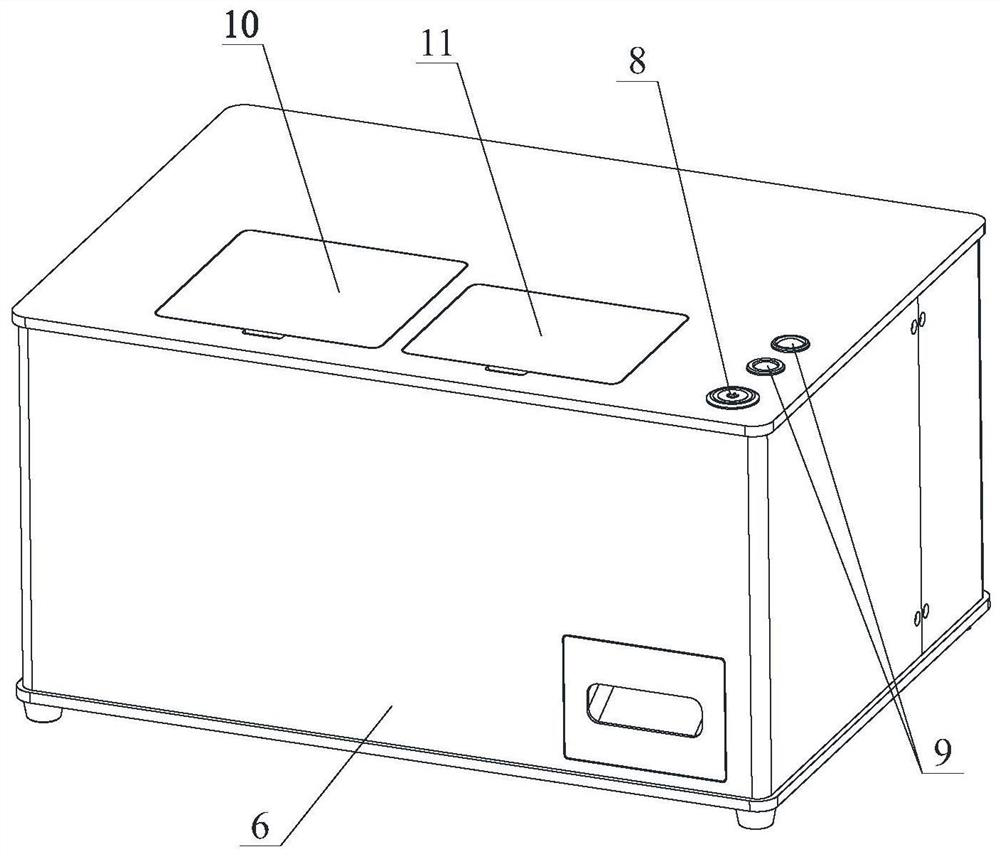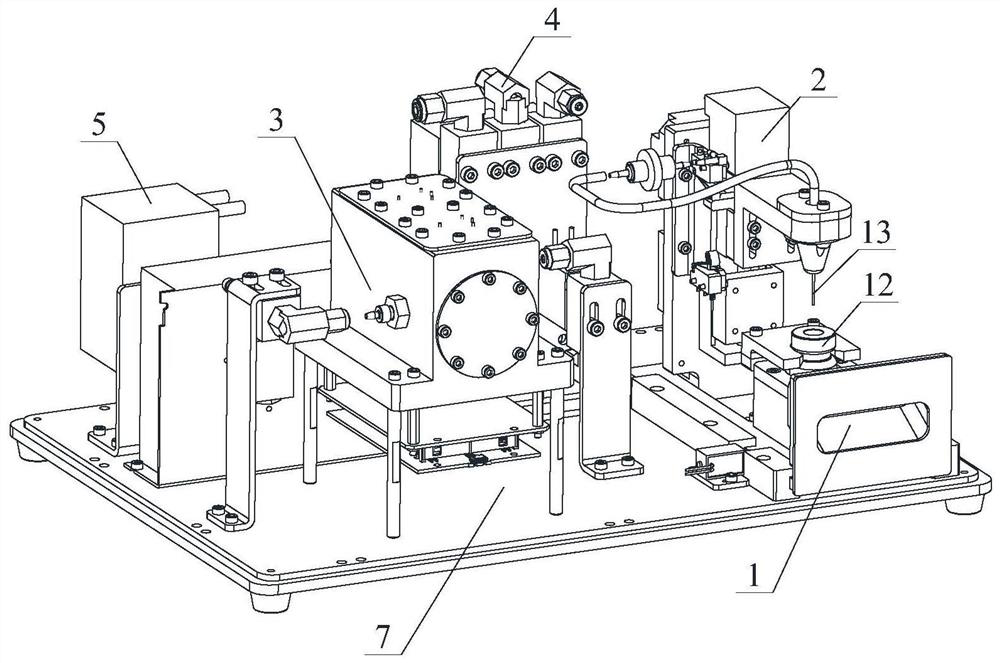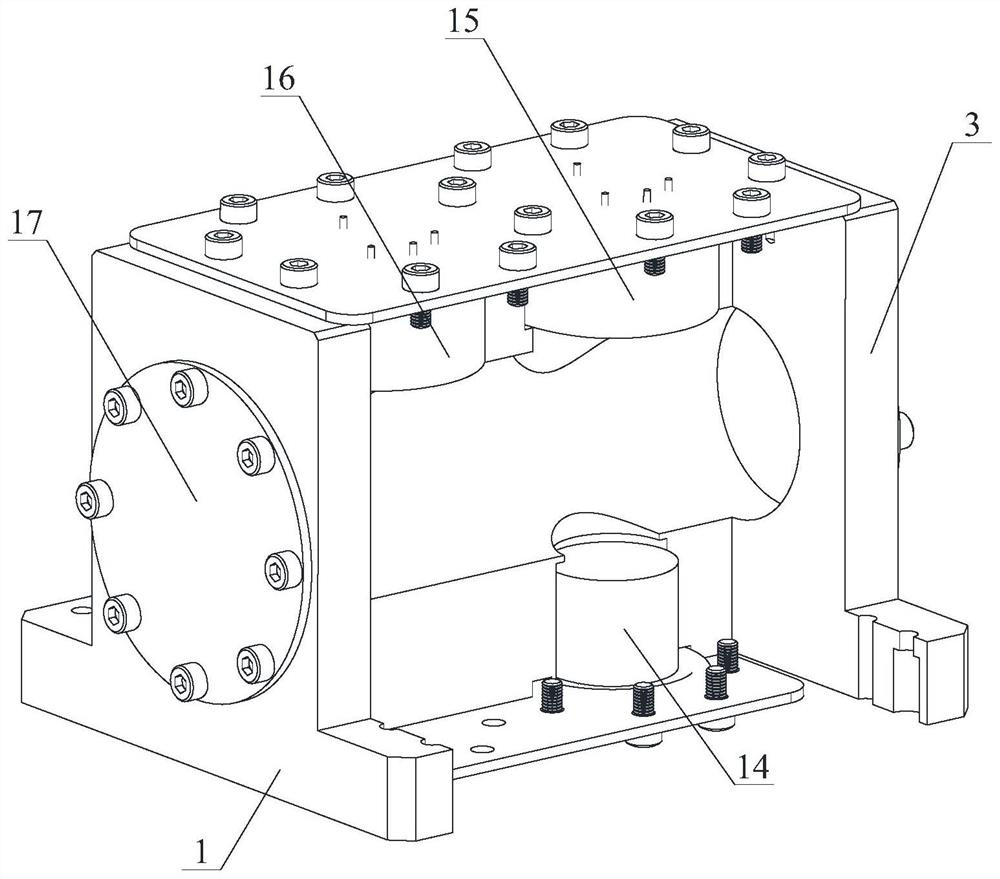Application of product for detecting gas production rate of neonatal intestinal flora in preparation of product for predicting, diagnosing or assisting diagnosis of neonatal NEC
A technology for intestinal flora and auxiliary diagnosis, applied in the field of medical testing, can solve the problem that the measurement of intestinal gas production cannot accurately reveal the patient's physical condition
- Summary
- Abstract
- Description
- Claims
- Application Information
AI Technical Summary
Problems solved by technology
Method used
Image
Examples
Embodiment 1
[0057] Example 1: Collection and grouping of samples
[0058] 1. Fecal samples of premature infants were collected on the third day, the first week, the second week, the third week and the fourth week after the start of the experiment. After defecation, premature infants should change their diapers in time, scrape the feces on them with a sampling spoon, and deliver them to the laboratory as soon as possible to ensure that the inoculation is completed within 6 hours after the feces are discharged. Register sample information, record Bristol classification and stool color, and test stool pH.
[0059] 2. The number of samples was 50 (including non-control group samples from the experimental group were all converted to NEC). Divided into control group, LAT (lactose) group, 2fl (a kind of breast milk oligosaccharide) group, FOS (fructose oligosaccharide) group and GOS (galactooligosaccharide) group, 10 people in each group.
Embodiment 2
[0060] Example 2: Monitoring of gas production by intestinal flora in premature infants
[0061] 1. Weigh 0.8g±0.02g of fecal samples and put them into the feces treatment box, seal them and put them into the feces treatment apparatus, add diluent for processing, and make a 10% fecal suspension, and use a 1mL syringe with No. 5 Aspirate 0.5mL of the suspension on the clear side of the specimen box with a needle and puncture the butyl rubber stopper of the vial, and inject LAT (lactose), 2fl (a kind of breast milk oligosaccharide), FOS (fructose oligosaccharide) and GOS (oligosaccharide) respectively. galactose) medium. These prebiotics are most commonly found in formula / breastfeeding. Neonatal fecal samples were prepared at a final concentration of 1% in fermentation medium containing prebiotics and 0.8% final concentration of prebiotics.
[0062] The pressure was adjusted to atmospheric pressure with a nitrogen balloon, placed in an incubator at 37° C. for 24 hours, and tak...
PUM
 Login to View More
Login to View More Abstract
Description
Claims
Application Information
 Login to View More
Login to View More - R&D
- Intellectual Property
- Life Sciences
- Materials
- Tech Scout
- Unparalleled Data Quality
- Higher Quality Content
- 60% Fewer Hallucinations
Browse by: Latest US Patents, China's latest patents, Technical Efficacy Thesaurus, Application Domain, Technology Topic, Popular Technical Reports.
© 2025 PatSnap. All rights reserved.Legal|Privacy policy|Modern Slavery Act Transparency Statement|Sitemap|About US| Contact US: help@patsnap.com



